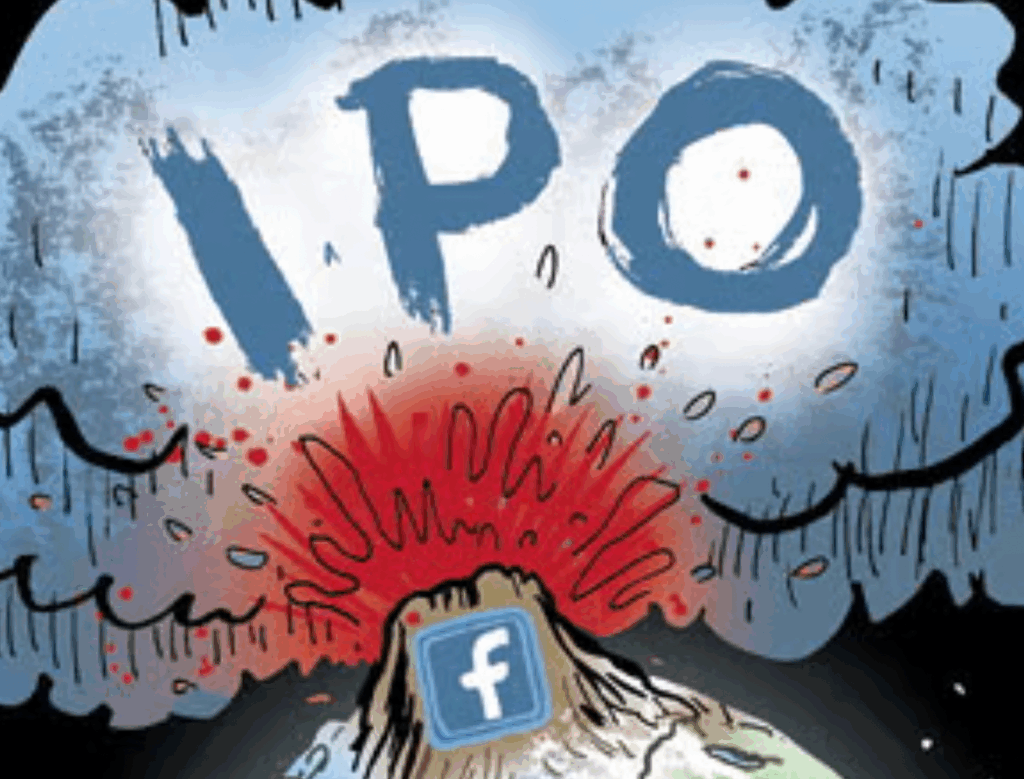Nonprofits that want to mark their territory online next year need to learn to let go of the leash, says Jo Sullivan, senior vice president for development and communications at the American Society for the Prevention of Cruelty to Animals.
“There’s a huge opportunity for organizations willing to let go of some control,” she says. “You have no control about what somebody says about your organization on your MySpace page. The best thing you can do is build a set of tools for them, offer widgets, give them approved copy and drive RSS feeds for them, and hope they get it right.
Of course, Sullivan says, there is an alternative. “You can be one of those super-conservative agencies that’s still trying to figure out how to raise money online, and don’t ever let anybody talk about you online.”
That is most definitely not the route the ASPCA is taking. The nonprofit, which has about 600,000 active members (and 1.2 million names total) on file, is present numerous places online. A video of the ASPCA’s highest returning DRTV spot — featuring singer Sarah McLachlan — generated over 64,000 click-throughs this summer.
How many of those click-throughs turned into donors? The ASPCA isn’t sure. Like most marketers, the New York-based group hasn’t yet perfected how to track social media
“On our MySpace page, we are adding about 21 new friends a day, and we are watching ourselves through Technorati and seeing what people say about us in the blogosphere,” says Sullivan, who thinks the solution may be backwards measuring.
This may take the form of asking donors in e-mail blasts or direct mail pieces whether they feature the ASPCA on their blog or MySpace page, and if they’re aware of the group’s fundraising widgets. “Then, we can keep an eye on that segment of our file that says yes, and six or 12 months down the road, see if that segment has a higher value than other segments on file,” she notes.
The ASPCA beat its 2006 $40 million revenue goals by 11%, and is on track to surpass 2007 projections as well. Sullivan credits much of this to the organization’s highly successful monthly giving sustainer program.
“We’re retaining much better than we ever thought we would,” she says. “These people are staying on longer, and they are upgrading.”
Many of the sustainers were originally brought in via DRTV, which may have a stronger initial emotional connection, Sullivan feels. But ultimately, follow-up is just as important
“It’s about getting the right donor on board, then doing the right after marketing and making sure they receive updates about where their dollars are going.”
Because of the success of DRTV lead generation, the ASPCA is considering trimming back the number of acquisition mailings next year, instead moving those dollars into TV media buys. However, no post-acquisition mailings — such as statements, member magazines, thank yous and premium calendar mailings — will be cut.



